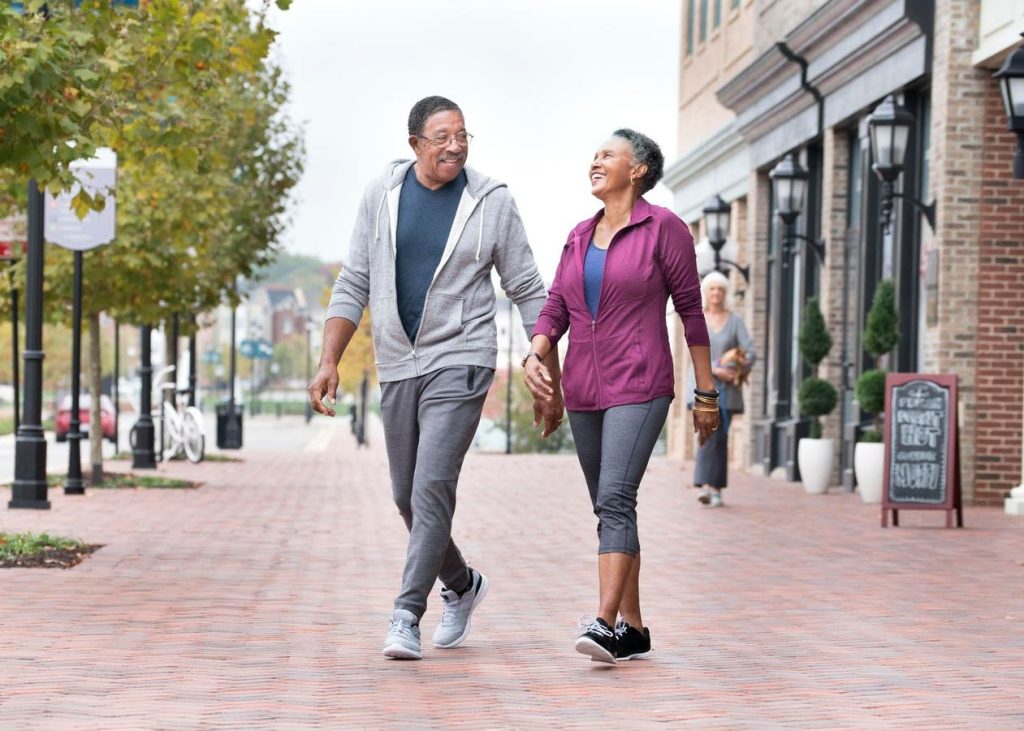Mark Johnson, FASLA, is a co-founder and principal of the Denver-based landscape architecture and urban design firm, Civitas. He discusses the need for cities to evolve and improve to meet the changing needs of their residents. Despite decades of demands for cars to no longer dominate streets, the basic form and function of many cities have remained largely the same. However, business leaders can play a crucial role in improving cities for their employees, customers, and communities.
American cities have a unique dependence on automobiles for transportation, which can be attributed to various factors beyond just a love for cars. In the late Victorian era, concerns about pollution, disease, and poor health in industrializing cities led to initiatives to create green neighborhoods outside of city cores. These early theories laid the foundation for land use zoning and the design of suburbs, with the goal of improving public health by separating uses. The car played a role in shaping suburbs, but they were also designed by public health policies.
The Covid-19 pandemic highlighted flaws in city form and function, revealing that cities were not adequately prepared for a public health crisis that required more space, fresh air, and nature. Many cities struggled to adapt to the sudden shift in population to the suburbs and the need for more outdoor space. Access to nature has been shown to improve physical and mental health, and landscape architects are leading the way in designing nature-based solutions such as urban trails and parks. Street-closing experiments have demonstrated the demand for more pedestrian spaces.
To build a healthier and more sustainable future for cities, it is essential to implement green pedestrian spaces at the micro-local level, block by block. Cities must create interconnected routes and walking loops that promote active living and access to nature. When new developments are proposed, they should be integrated with open space and nature, creating places where people want to spend time. Business leaders can play a vital role in advocating for these changes and working with neighborhood organizations to find solutions that prioritize health and wellness.
Business leaders can use their problem-solving and communication skills to support initiatives that promote health and wellness in neighborhoods. By engaging in local organizations and advocating for green spaces, leaders can help create a vision for a future that prioritizes outdoor living and access to nature. Redistributing the public realm from cars to people and nature, and transforming single-use spaces into multiuse areas that accommodate diverse activities, can help regenerate cities as places of people and health. This shift towards a greener vision for cities will require collaboration and innovative solutions from business leaders, policymakers, and community members alike.


